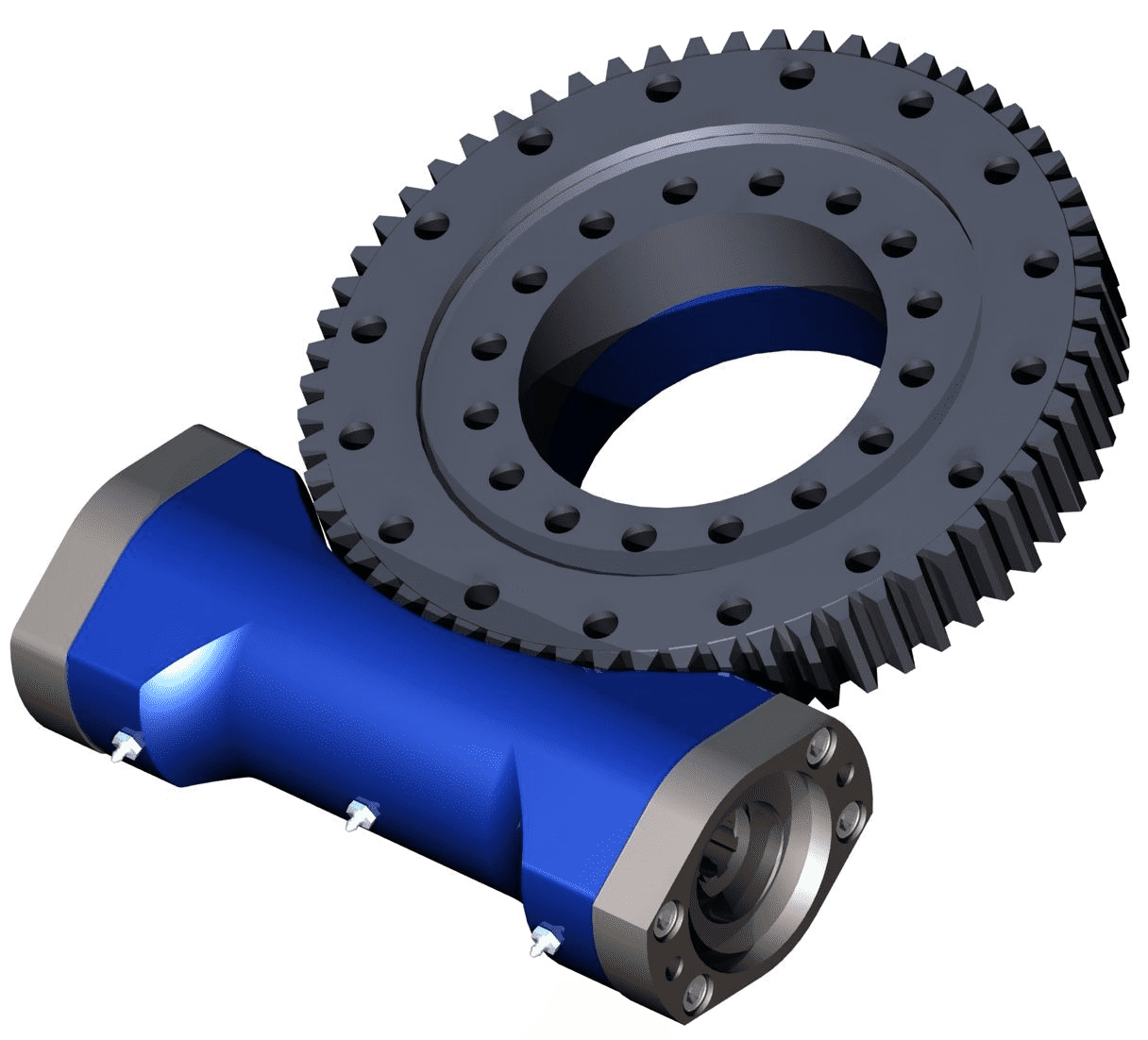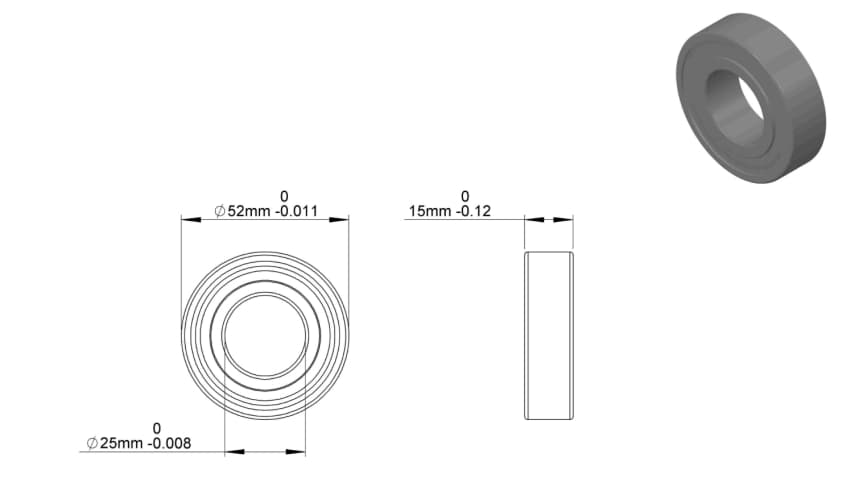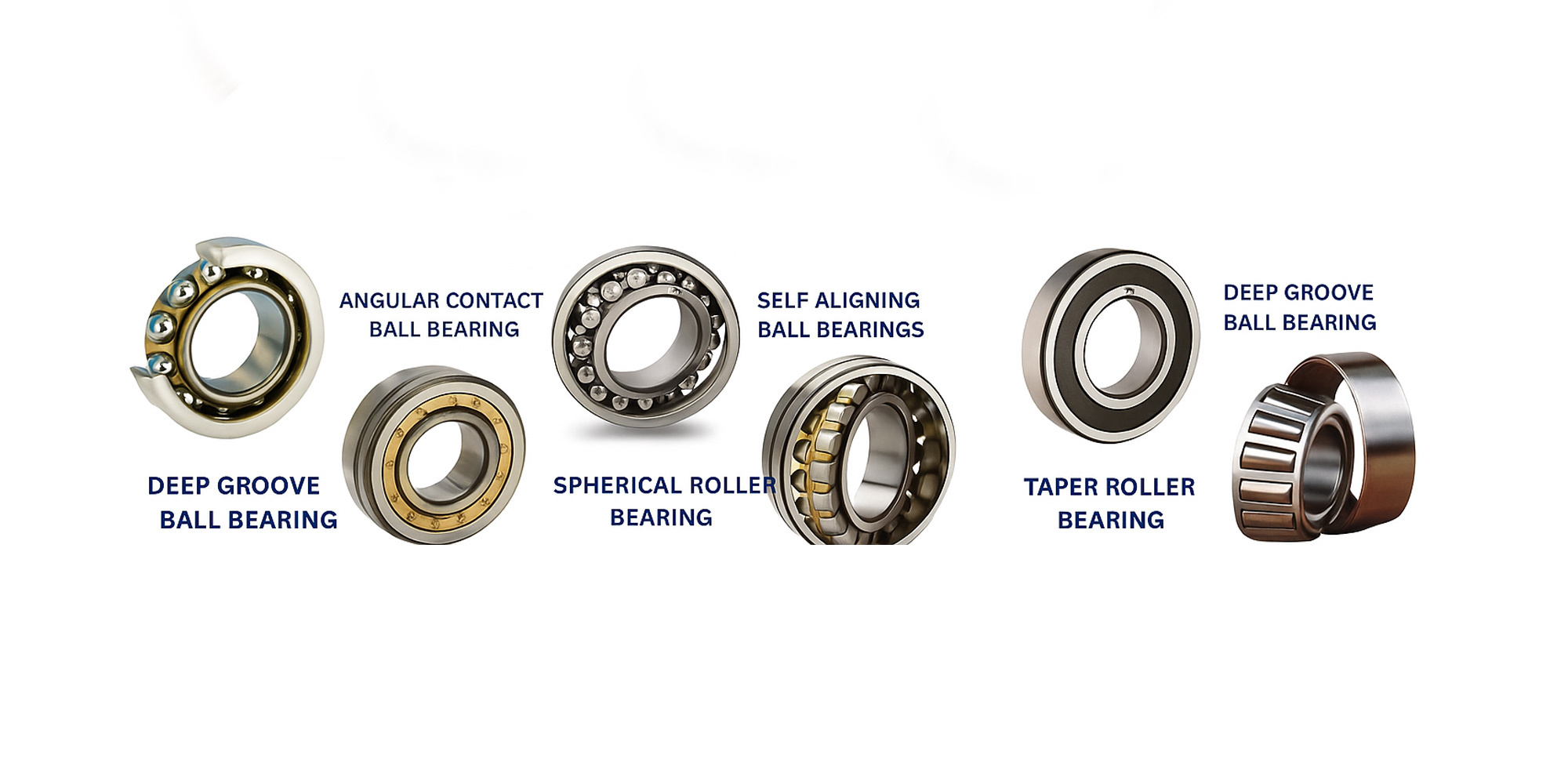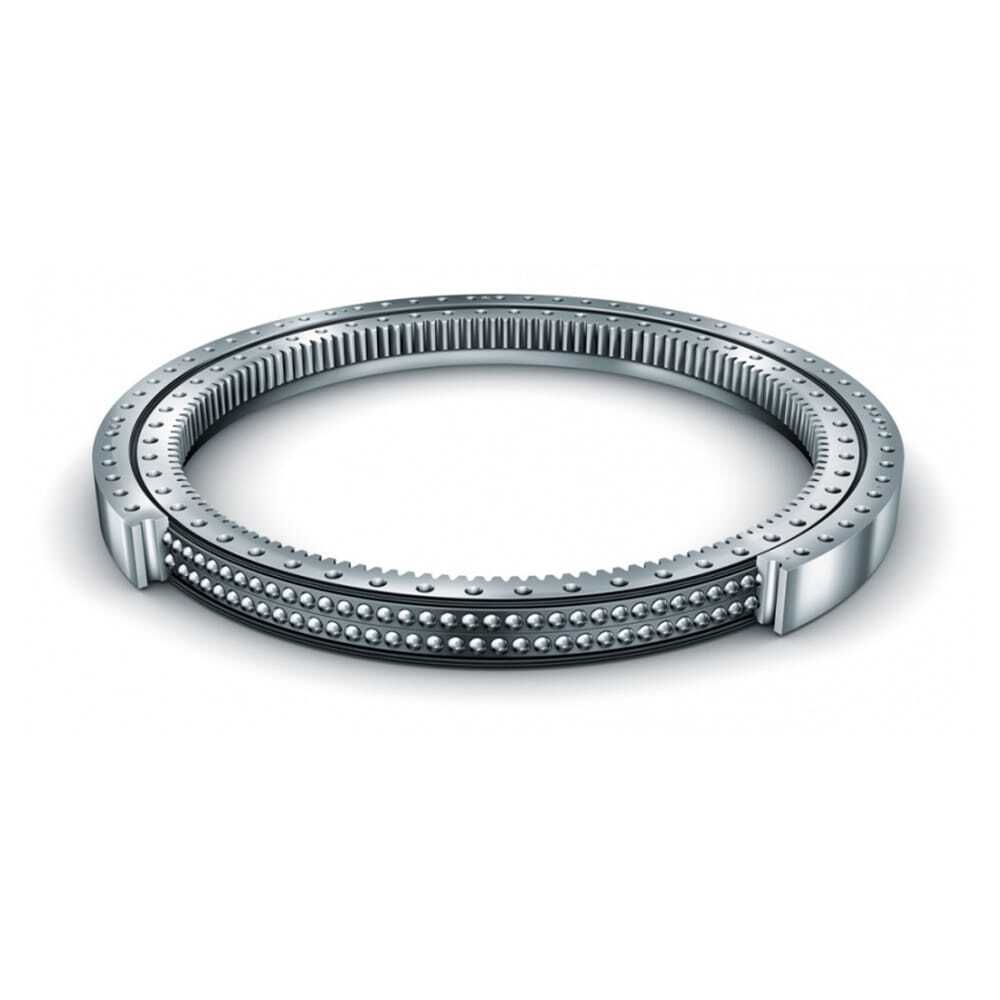A Comprehensive Guide to Ceramic Balls: Advantages and Applications
In the world of engineering and manufacturing, ceramic balls , found in ceramic bearings are becoming key components in many industries. They're...

A slewing drive combine precision gearing. It handles combined radial, axial loads and moment stress, as well as high rotational torque. It stands out in heavy-load applications like cranes and solar trackers.
Unlike regular gearboxes, they offer full 360° load-bearing capacity and multi-directional torque transmission. Their design can fit compact spaces and tough duty cycles. Besides, their sealed planetary systems also perform better than conventional designs in corrosive, vibration-choked environments.
A slew drive, also known as a slewing driver, is a gearbox made up of several key components. They work together to provide smooth and efficient rotational motion. The main parts include:
The slewing drive works by rotating the worm gear, which meshes with the worm wheel to produce rotational motion. The worm gear’s helical threads engage with the wheel’s teeth, resulting in slower rotation but much higher torque. The gear ratio—the number of worm gear threads to worm wheel teeth—controls the speed reduction and torque increase. With this mechanism, slewing drives can handle heavy loads with precision and reliability, even under tilting moment forces.
Slewing drives handle high axial, radial, and moment loads all at once. They have a strong build and a compact size, making them perfect for tight spaces and tough conditions. This diverse use means they can work reliably in places like construction sites and renewable energy projects. Their high torque and load capacity make them ideal for applications that require both strength and precision.
Enclosed housings in slewing drives make installation simpler and reduce maintenance. The self-contained design easily integrates into equipment so as to reduce downtime. The housing also protects internal parts from contaminants, lowering maintenance needs.
Customized slewing drives include single or dual worm drives, electric or hydraulic motor inputs, brakes, and encoders. Their modular design fits easily into existing systems and ensures long-term reliability.
Slewing drives are transforming construction sites by providing the precise motion needed for modern machinery. They power tower cranes to place I-beams with millimeter accuracy and help excavators dig complex patterns. These drives handle heavy loads while adjusting for wind and unstable ground.
They also run autonomous machines that optimize load movement in real-time, even in dusty conditions. Their sealed gears stay reliable in tough urban environments, maintaining near-perfect rotation despite harsh conditions.
Slewing drives are essential in renewable energy, especially for solar trackers and wind turbines.
In solar systems, they tilt panels to follow the sun, boosting energy capture.
For wind turbines, they rotate the nacelles and adjust blade angles to ensure best wind intake. Their high torque and precision enhance the efficiency and reliability of these green energy solutions.
Slewing drives perform great in automation, robotics, and assembly lines. They provide accurate rotation even with heavy loads, making them ideal for tough jobs.
In satellite dish positioning and marine applications, their durability ensures reliable and precise operation.
Slewing drives can be categorized into worm gear and spur gear designs.
Worm gear drives are famous for their ability to deliver high torque at lower speeds. They're ideal for self-locking or heavy-load applications.
In comparison, spur gear setups enable faster rotation. One can pair them with multiple pinions to achieve higher torque, albeit at a higher cost. The choice between these designs depends on the specific requirements of the application.
Hourglass worms are an advanced type of slewing drive. They connect with more teeth on the worm wheel, which increases torque and reduces backlash. This design is more efficient and spreads the load better than traditional worm gears. Hourglass worms are great for jobs that need high precision and less wear.
When choosing a slewing drive, consider the load requirements and operating environment. Check the radial, axial, and moment load specs to ensure the drive can handle your needs.
Robust seals protect the drive in dusty or wet conditions. Match the drive materials (like steel or bronze) and coatings to the application’s corrosion or temperature needs. This can boost durability and performance.
The gear ratio is key to determining the speed and torque of a slewing drive. It also affects performance, including self-locking capabilities.
In applications like robotics and solar tracking, where precision matters most, lower backlash is essential. Carefully evaluate the gear ratio and precision needs to choose the right slewing drive for your project.
Lubrication and Sealing Requirements
Proper lubrication and sealing are crucial for keeping slewing drives running smoothly and efficiently. Choose the right grease or oil for your application and stick to the recommended replacement schedule.
Good seals and enclosed housings keep contaminants out, reducing downtime and maintenance costs. Regularly check the seals and lubrication levels to catch any potential issues early.
Regular inspections help spot bearing wear or gear damage early, avoiding costly repairs or breakdowns. Many top manufacturers offer refurbishment services that can extend the life of slewing drives. By using these services, you can keep your drives running reliably and efficiently, even after years of use.
Slewing drives are crucial in industries that need heavy lifting and precise rotation. They handle heavy loads, deliver high torque, and come with flexible design options. They're perfect for everything from construction and heavy machinery to renewable energy and robotics.
To choose a slewing drive, consider load capacity, gear type, and maintenance needs for the best performance and durability.
For custom solutions and support, LILY Bearing is a trusted partner. Don't hesitate to consult us for a wide range of drives tailored to your specific needs.

In the world of engineering and manufacturing, ceramic balls , found in ceramic bearings are becoming key components in many industries. They're...

What is a ball bearing? A ball bearing is a type of rolling-element bearing that utilizes balls to maintain separation between the bearing races. The...

To improve their performance and service life, coatings are applied to these bearings, creating what we know as coated bearings. This blog explores...